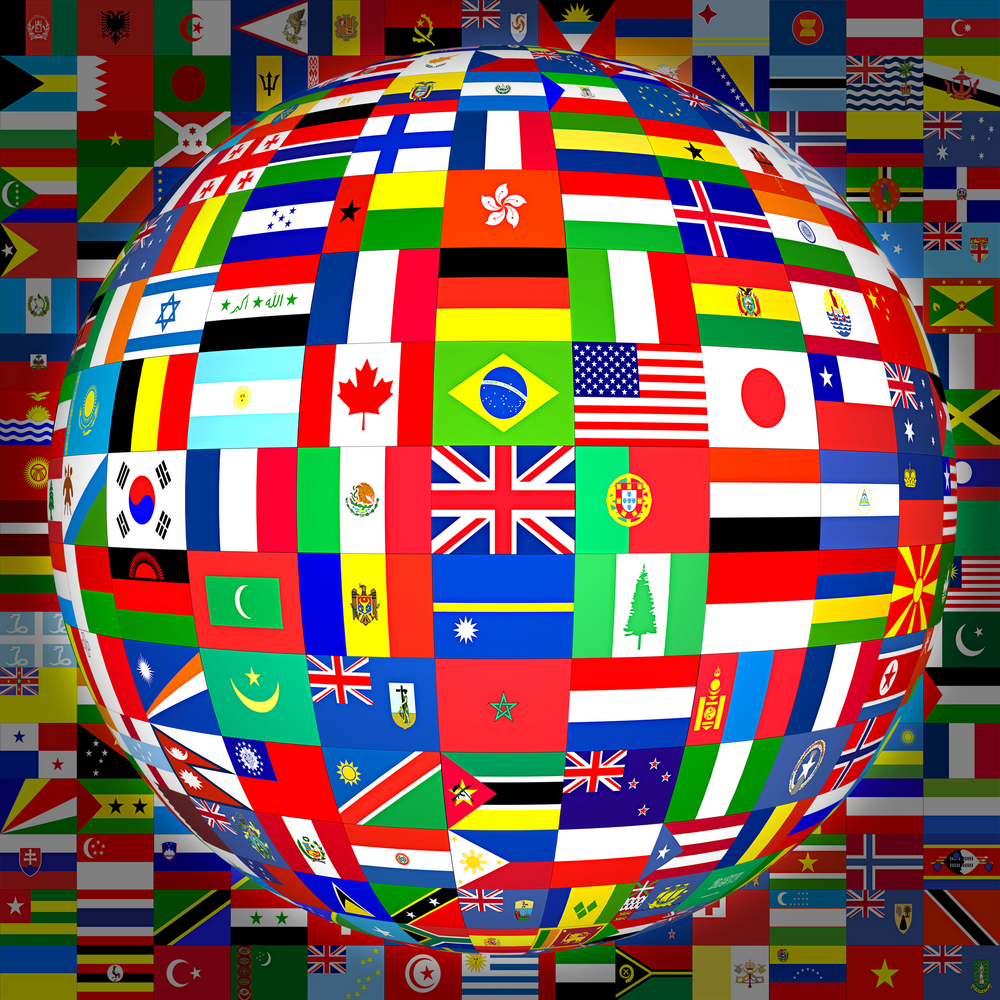
Although GHS was created to harmonize chemical hazard communication globally, each country adopts it differently, which means SDSs still vary significantly between jurisdictions like Canada, the United States, the European Union, and the Asia-Pacific regions.
In this article, we explain why a single SDS doesn’t meet global compliance needs—and what your organization must know to avoid legal risks, rejected imports, and regulatory fines.
The Globally Harmonized System (GHS)was developed by the United Nations to standardize how chemical hazards are classified and communicated, especially through¡
Each country chooses which GHS revision to adopt, and adds its own regulatory requirements (like transportation, environmental laws, and toxicological thresholds).
GHS evolves over time.
This creates discrepancies in hazard classification, labelling requirements, and SDS formatting.
SDSs must also align with local laws governing:
These are not part of GHS and must be accounted for by region.
Regulations are updated frequently. For example:
The same chemical can be classified differently in each country due to:
New toxicological data emerge daily.
What was once considered “safe” may later be reclassified as hazardous based on updated human or environmental studies.
An SDS must account for realistic workplace exposure risks, which can vary based on:
Accurate SDS authoring involves collaboration with the product owner to predict exposure paths.
Different countries define “hazardous concentration levels” differently.
What qualifies as a reportable concentration in Canada might not in Europe—or vice versa.
Some countries permit wider concentration ranges; others require exact percentages.
Misalignment here can lead to rejected SDSs and legal challenges.
Each country has different rules for withholding proprietary ingredient information.
Professionally authored SDSs help protect intellectual property while maintaining compliance.
SDSs aren’t “set it and forget it” documents.
In the USA, the Hazard Communication Standard (HCS), requires that the chemical manufacturer, distributor, or importer provide Safety Data Sheets (SDSs) for each hazardous chemical to downstream users to communicate information on these hazards. If a manufacturer, importer, or employer learns of Significant New Information about a chemical's hazards or safe handling, the SDS must be updated.
SDS Updates: Within three months of becoming aware of the new information.
Label Updates: Within six months of the SDS update.
"Significant New Data"Definition in USA: This refers to new information that changes the hazard classification or alters how to protect against the hazards.
In Canada, Safety Data Sheets (SDSs) for hazardous products must be updated when new, significant information about the product becomes available that changes its classification or safe handling procedures. This significant new data triggers a 90-day update requirement for suppliers. While there's no longer a mandatory three-year update, employers may have additional requirements within their specific jurisdictions, like updating SDSs in the workplace.
Suppliers must update SDSs within 90 days of becoming aware of "significant new data" that affects hazard classification or safe handling/storage.
No Mandatory 3-Year Review: The previous three-year review requirement for SDSs has been eliminated.
If a product is sold or imported within the 90-day period after significant new data becomes available, the supplier must communicate the changes to the purchaser.
Continuous Review: Suppliers in Canada are expected to continuously review and update SDSs as new information becomes available. If new toxicological, regulatory, or usage information becomes available, the SDS must be updated—it’s a legal requirement, not a suggestion.
A qualified SDS author ensures your documents
With over 30 years of expertise, QuantumSDS help companies navigate:
Don’t risk rejection at the border or non-compliance in your market.
Let our team of registered SDS authors keep your products legally compliant—everywhere you do business.
Get in touch today to ensure your Safety Data Sheets are updated to the new WHMIS compliance standards. With Quantum’s authoring expertise and smart software solutions, compliance doesn’t have to be complicated.
Contact Us